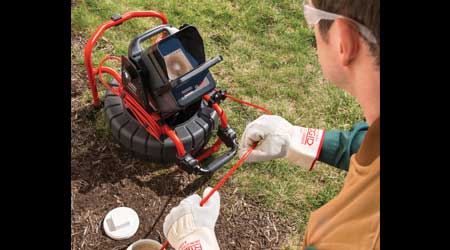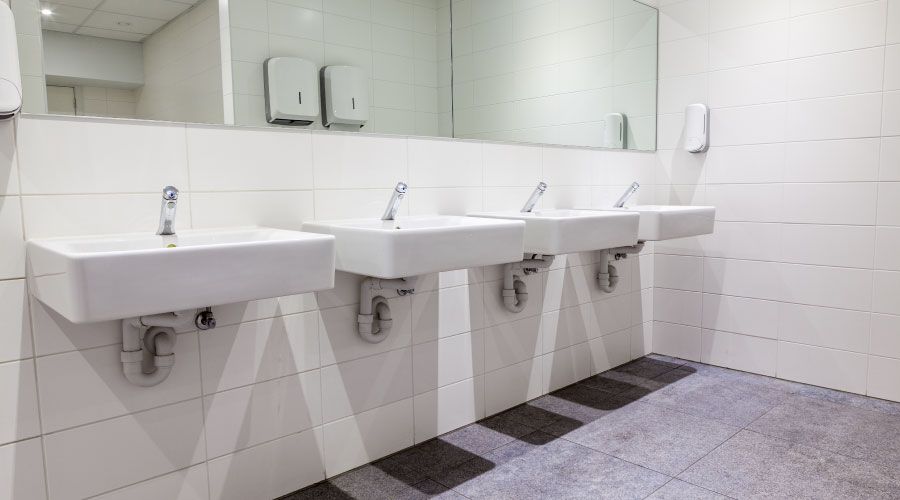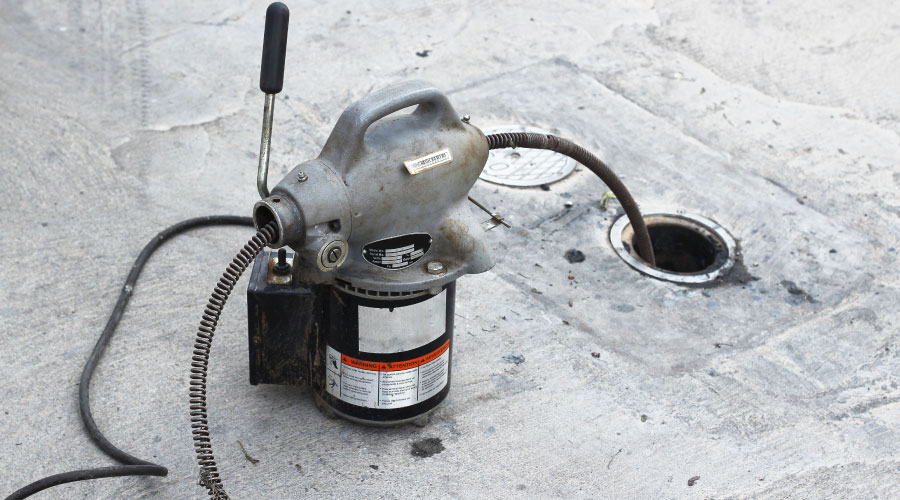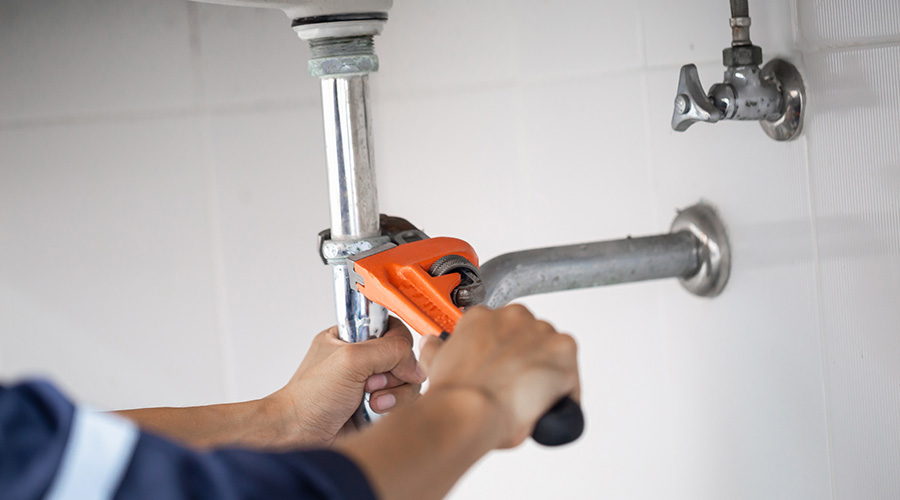 Video inspection has extended the reach and power of technicians in locating and removing blockages in plumbing and piping systems.
Video inspection has extended the reach and power of technicians in locating and removing blockages in plumbing and piping systems.A Closer Look: Drain Cleaning and Video Inspection
Upgrades of traditional equipment put more power and versatility in the hands of technicians
Before video-inspection technology emerged for drain-cleaning equipment, technicians could only inspect plumbing and piping systems by closing off a section of a drain, cutting a hole in the pipe, or removing a section at the joints — labor-intensive and time-consuming methods. Underground or in-wall drains with poor access required even more work to locate, reach the problem area, remove the blockage, and repair leaking or damaged pipelines. Because video-inspection technology eliminates this extra work, it has become an essential addition to the technician’s equipment arsenal.
The equipment consists of a small camera on the head of an optical fiber cable. The other end of the cable is connected to a monitor and a recording device. The flexible optical fiber cable allows the camera to record and transmit images around the twists and turns of drainage piping and see far into the piping, Otherwise, it would be impossible to inspect without excavating and disassembling the pipe.
The optical fiber cable consists of a glass core inside a protective sheath and an outside jacket layer. Single mode allows the light to travel longer distances but is more expensive due to the close tolerances required in manufacturing. Multi-mode is used for shorter distances and is less expensive. Light measured in photons originates from a laser, travels through the cable at speed roughly 30 percent slower than the speed of unimpeded light.
The monitor allows for real-time inspection of the internal piping to determine the condition of walls throughout the pipeline, as well as the location and nature of blockages. This information enables the technician to select the type of cleaning equipment needed, the length of cable needed to reach the blockage and the kind of cutter or auger to use.
For example, if the blockage consists of soft material, an open auger will penetrate it. If root penetration is the problem, a cutter of the proper size to fit the pipe size is required to cut off the tree roots flush with the pipe wall. If the blockage consists of hard material, a saw can cut through it or a closed screw auger can grip it and pull it out of the drain.
Sometimes, the task requires several heads. One example involves a tree root with a great deal of hard and soft material backed up in the pipeline. Getting water flowing through the blocked area is the first challenge. The technician can use a small boring-head attachment to make a hole through the blockage to the open area beyond it. With water flowing through the small bored hole to keep the loosened material flowing, the operator then can insert the larger tree-root cutters and augers to open the blockage all the way. This method is much faster than trying to penetrate the entire blockage diameter without the aid of the flowing water.
— Thomas A. Westerkamp
Related Topics:














